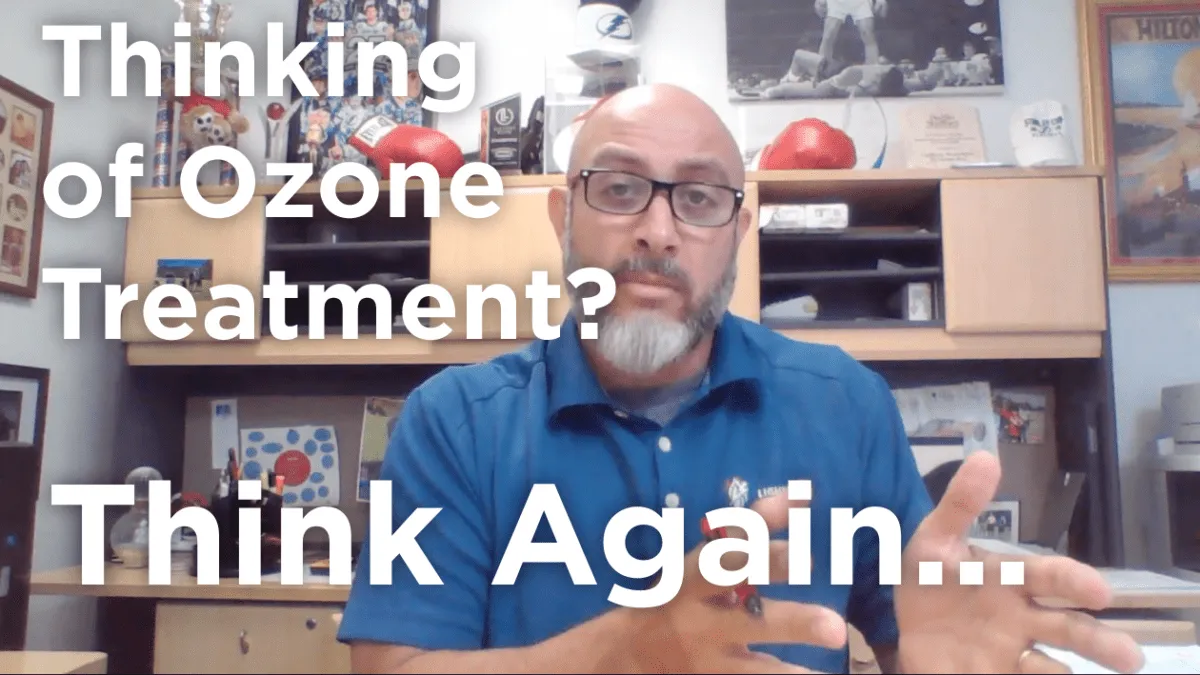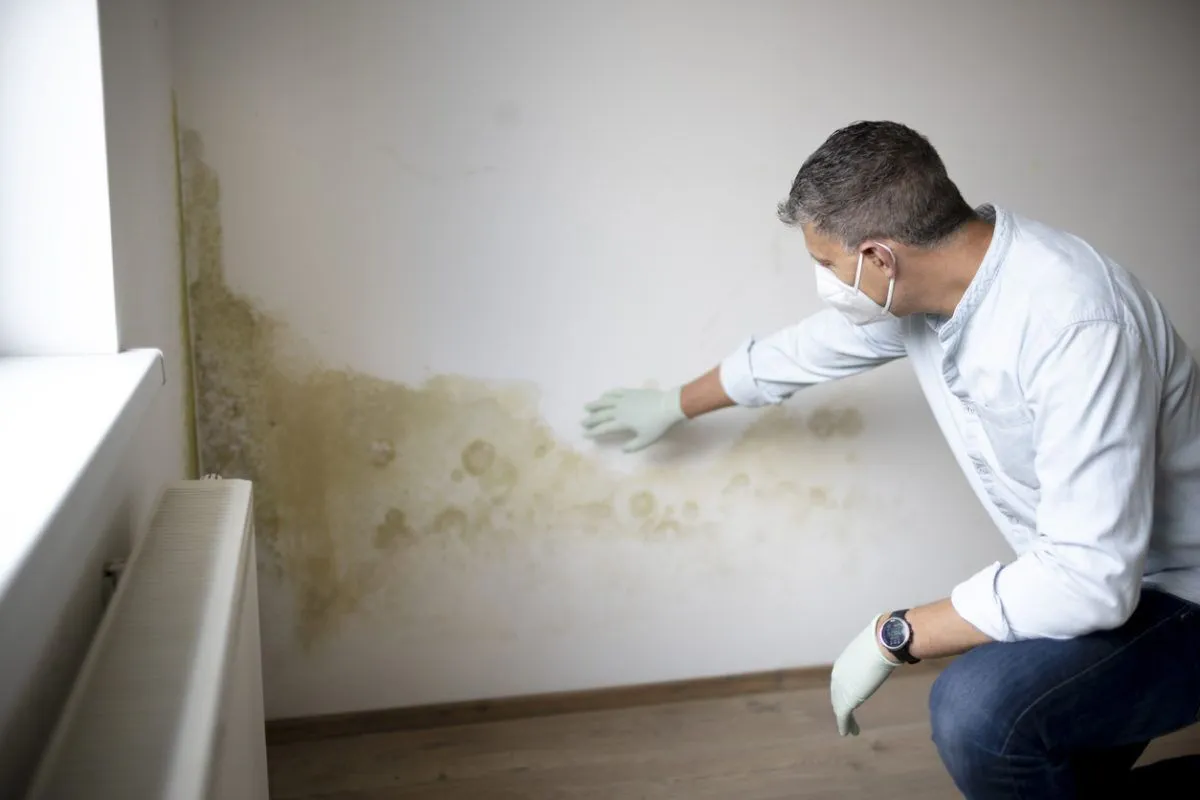Thinking of Using Ozone Treatment in Mold Remediation? Think Again…

Today, let’s talk about the use of ozone in mold remediation. Ozone is the latest in a long list of magical bullet mold remediation services. Companies have made it available as a discounted alternative to mold remediation. If you’re a property owner considering hiring a company to perform an ozone treatment, there are some things that you really need to know.

